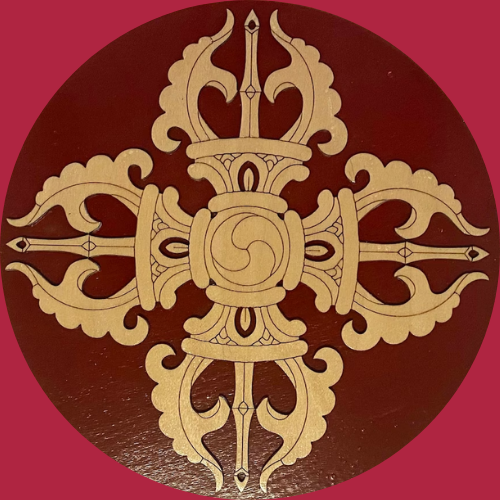Raigad
A hill fort on Mahad, Raigad district of Maharashtra, was once a capital of Chhatrapati Shivaji Maharaj in 1674, after being coronated as the King of Maratha Empire, “Swarajya” which later developed in an Empire, eventually controlling much of western and central India.
Raigad is more than 2,306 ft. in Sahyadri ranges, 1737 steps which leads to the fort can be choosen or an aerial mode of transfer via ropeway is there to transfer you in Raigad within 10 mins. The fort was looted and destroyed under Mughals after the death of Chhatrapati Sambhaji Maharaj. During 1818 – the Britishers took control of Raigad Killa.
Chhatrapati Shivaji Maharaj seized the fort in 1656, then known as the fort of Rairi from Raje Chandrarraoji More, The King of Jawli and a descendant of Chandragupt Maurya dynasty. Chhatrapati Shivaji renovated and expanded the fort of Rairi and renamed it as Raigad (King’s Fort). It became the capital of Chhatrapati Shivaji’s Maratha kingdom, “Swarajya”.
The villages of Pachad and Raigadwadi are located at the base of the Raigad fort. These two villages were considered very important during the Maratha rule in Raigad. The actual climb to the top of the Raigad fort starts from Pachad. During Chhatrapati Shivaji’s rule, A cavalry of 10,000 was always kept on standby in Pachad village.
After capturing Rairi from Chandrarao More, Chatrapati Shivaji Maharaj also built another fort Lingana around 2 miles away from Raigad. The Lingana fort was used to keep prisoners. In 1689, Zulfikhar Khan captured Raigad and Aurangzeb renamed it as Islamgad. In 1707, Siddi Fathekan captured the fort and held it until 1733.
In 1765, The fort of Raigad along with Malwan in present Sindhudurg District, the southernmost district of Maharashtra, was the target of an armed expedition by the British East India Company, which considered it a stronghold of pirates.
